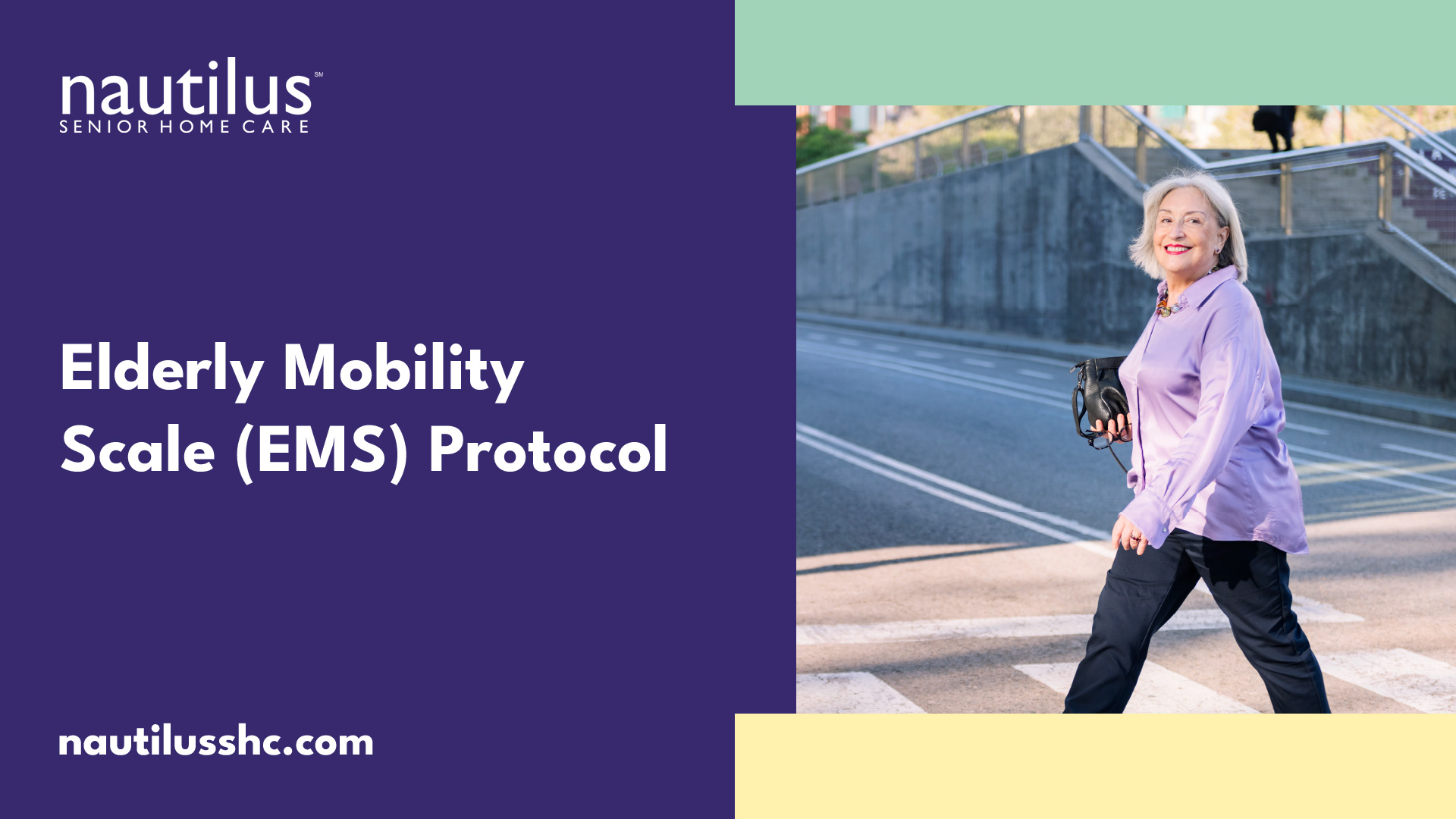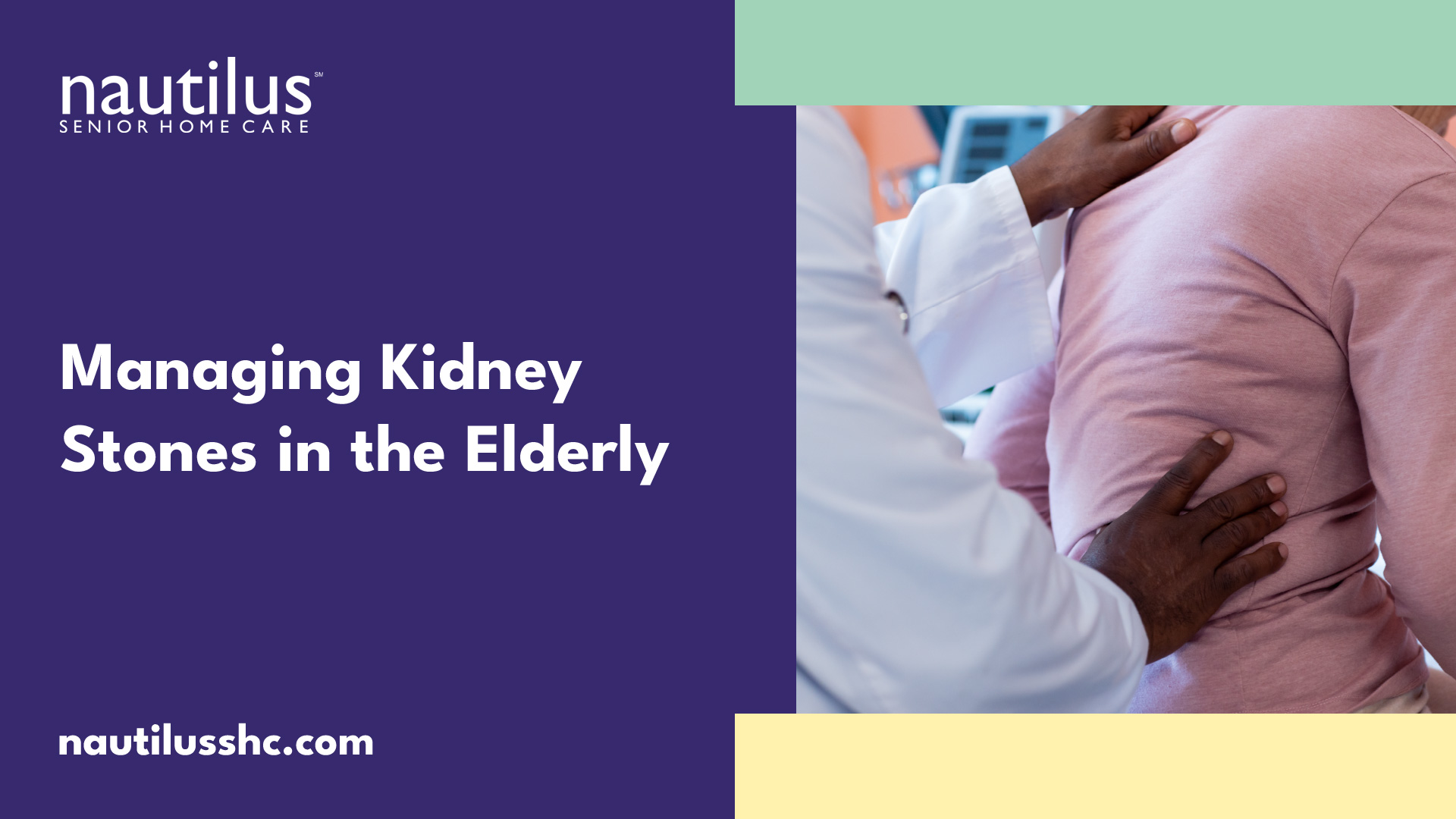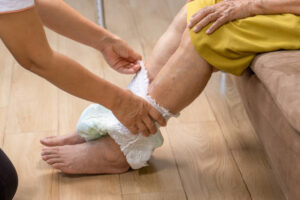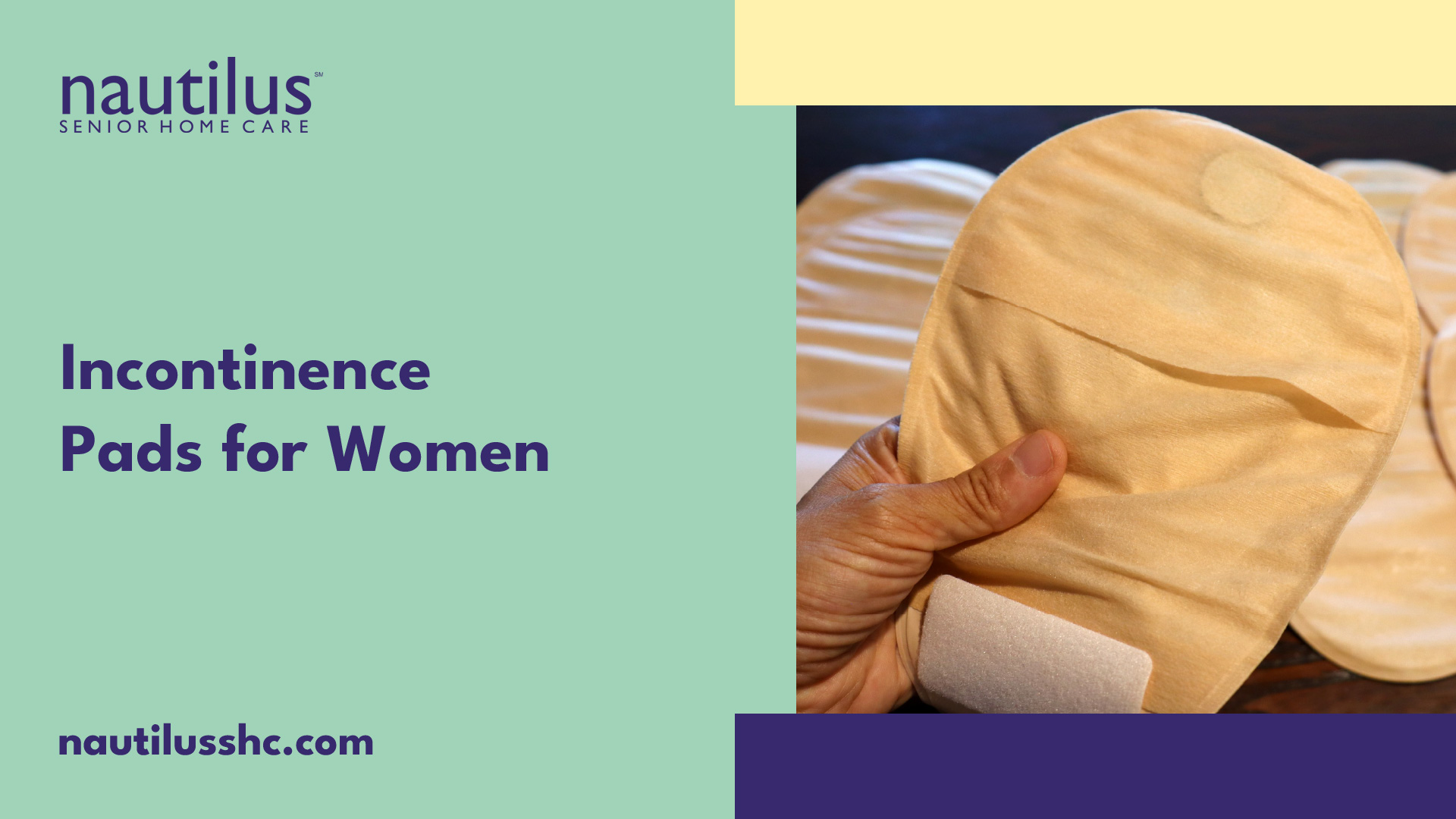Understanding Sundown Syndrome
Sundown Syndrome is a condition characterized by a variety of symptoms that commonly occur in the late afternoon and evening. This phenomenon primarily affects individuals with dementia, such as Alzheimer’s disease, but can also occur in those without cognitive impairments. Understanding the key aspects of Sundown Syndrome is essential for recognizing and managing its symptoms effectively.

What is Sundown Syndrome?
Sundown Syndrome, also known as sundowning, refers to a pattern of behavioral and psychological symptoms that occur later in the day, often around sunset. These symptoms can include increased agitation, confusion, anxiety, and restlessness. Sundown Syndrome can significantly impact the quality of life for both individuals with dementia and their caregivers.
Who is Affected by Sundown Syndrome?
Sundown Syndrome primarily affects individuals with dementia, particularly those with Alzheimer’s disease. However, it’s important to note that not all individuals with dementia experience Sundown Syndrome, and it can also occur in individuals without cognitive impairments. The exact prevalence of Sundown Syndrome is difficult to determine due to variations in symptom presentation and reporting.
Causes and Triggers of Sundown Syndrome
The exact cause of Sundown Syndrome is not fully understood. However, several factors are believed to contribute to its development and exacerbation. These factors can include:
- Circadian Rhythm Disruption: Disruptions in the body’s internal clock, which regulates sleep-wake cycles, can contribute to the manifestation of Sundown Syndrome.
- Fatigue and Exhaustion: Physical and mental exhaustion throughout the day can increase the likelihood of experiencing Sundown Syndrome symptoms.
- Sensory Overload: Overstimulation from increased noise, bright lights, and activity during the evening hours can overwhelm individuals with dementia, leading to heightened symptoms.
- Hunger and Thirst: Dehydration or hunger can exacerbate symptoms of Sundown Syndrome. Ensuring individuals with dementia are hydrated and well-nourished can help minimize symptoms.
- End-of-Day Confusion: As the day progresses, individuals with dementia may experience increased confusion due to mental fatigue or decreasing light, which can contribute to Sundown Syndrome symptoms.
Understanding the causes and triggers of Sundown Syndrome can guide caregivers and healthcare professionals in developing strategies and interventions to manage and minimize these symptoms effectively.
By gaining a comprehensive understanding of Sundown Syndrome, including its definition, affected populations, and potential causes, caregivers and healthcare professionals can better support individuals experiencing these challenging symptoms. Implementing appropriate management techniques, such as creating a calming environment and establishing routines, can help alleviate the impact of Sundown Syndrome and improve the overall well-being of individuals affected by this condition.
Common Symptoms of Sundown Syndrome
Sundown Syndrome is characterized by a range of symptoms that tend to worsen later in the day or during the evening. These symptoms can be distressing for both individuals experiencing Sundown Syndrome and their caregivers. Understanding these symptoms is essential for effectively managing the condition. Here are some common symptoms associated with Sundown Syndrome:
Agitation and Restlessness
Agitation and restlessness are frequently observed symptoms in individuals with Sundown Syndrome. They may become increasingly agitated, fidgety, or uneasy as the day progresses. This restlessness can manifest as pacing, unable to sit still, or constant movement. It is important for caregivers to create a calm and soothing environment to help alleviate this agitation.
Confusion and Disorientation
Confusion and disorientation are hallmark symptoms of Sundown Syndrome. Individuals may experience difficulties in recognizing familiar surroundings, people, or objects. They may become disoriented in time and place, leading to feelings of anxiety and frustration. Providing reassurance and maintaining a consistent routine can help reduce confusion and enhance a sense of stability.
Increased Anxiety and Irritability
Anxiety and irritability often accompany Sundown Syndrome. Individuals may display heightened levels of anxiety as the day progresses, leading to increased worry or fearfulness. This anxiety can contribute to irritability, making individuals easily agitated or prone to outbursts. Calming techniques, such as deep breathing exercises or engaging in soothing activities, can help manage anxiety and reduce irritability.
It is important to note that the severity and specific symptoms of Sundown Syndrome can vary from person to person. Some individuals may experience a combination of these symptoms, while others may exhibit additional behaviors such as aggression or mood swings. Caregivers should closely observe and document these symptoms to inform healthcare professionals and develop personalized strategies for managing Sundown Syndrome effectively.
Understanding the common symptoms of Sundown Syndrome is a crucial step in providing appropriate care and support for individuals affected by this condition. By recognizing and addressing these symptoms, caregivers can help create a safe and calm environment that promotes the well-being and comfort of their loved ones.
Physical and Behavioral Changes
Sundown syndrome can manifest in various physical and behavioral changes in individuals affected by this condition. Understanding these changes can help caregivers and healthcare professionals provide appropriate support and care. The following are some common physical and behavioral changes associated with sundown syndrome:
Sleep Disturbances
One of the prominent symptoms of sundown syndrome is sleep disturbances. Individuals may experience difficulty falling asleep or staying asleep throughout the night. This disruption in sleep patterns can lead to increased fatigue and daytime drowsiness.
Sleep Disturbances
- Difficulty falling asleep
- Nighttime awakening
- Restlessness during the night
- Daytime drowsiness
Wandering and Pacing
Wandering and pacing behaviors are frequently observed in individuals with sundown syndrome. They may feel restless and have an urge to move around aimlessly. This behavior can be distressing for both the individual and their caregivers, as it increases the risk of falls and accidents.
Wandering and Pacing
- Restlessness
- Aimless walking
- Repeatedly moving from one place to another
Difficulty with Communication and Comprehension
Individuals with sundown syndrome may experience difficulty with communication and comprehension. They may struggle to find the right words, express their thoughts, or understand others. This can lead to frustration and agitation, as well as a breakdown in social interactions.
Difficulty with Communication and Comprehension
- Trouble finding wordsInability to express thoughts
- Difficulty understanding conversations
Understanding these physical and behavioral changes associated with sundown syndrome is crucial for providing appropriate care and support. Creating a calm and soothing environment, establishing a routine, and considering medications and therapies can help manage these symptoms effectively. Caregivers and healthcare professionals play a vital role in offering strategies and support to individuals affected by sundown syndrome. By addressing these changes, we can enhance the overall well-being and quality of life for those living with this condition.
Managing Sundown Syndrome
For individuals experiencing Sundown Syndrome, managing the symptoms is essential to ensure their well-being and quality of life. While there is no cure for Sundown Syndrome, there are strategies and interventions that can help alleviate the symptoms and create a more comfortable environment. In this section, we will explore three key approaches to managing Sundown Syndrome: creating a calming environment, establishing a routine, and considering medications and therapies for symptom relief.
Creating a Calming Environment
Creating a calming environment is crucial for individuals with Sundown Syndrome as it can help reduce agitation and anxiety. Here are some tips to create a soothing atmosphere:
- Ensure proper lighting: Use soft, warm lighting in the evening to mimic natural sunset and minimize harsh, bright lights that may contribute to confusion and restlessness.
- Reduce noise: Create a quiet and peaceful environment by minimizing loud noises and distractions. Soft background music or white noise machines can be helpful in creating a relaxing ambiance.
- Maintain a comfortable temperature: Keep the room at a comfortable temperature to promote relaxation and prevent discomfort.
- Provide familiar and comforting items: Surround the individual with familiar objects, such as photographs, favorite blankets, or cherished belongings, to provide a sense of familiarity and security.
Establishing a Routine
Establishing a consistent daily routine can help individuals with Sundown Syndrome feel more secure and reduce anxiety. Here are some strategies for establishing a routine:
- Set a regular sleep schedule: Encourage a consistent sleep schedule by establishing a calming bedtime routine and ensuring a comfortable sleep environment.
- Plan activities during the day: Engage the individual in stimulating activities earlier in the day to reduce restlessness and promote better sleep at night.
- Structure meal times: Provide meals at regular times to maintain a predictable routine and support overall well-being.
By implementing a structured routine, individuals with Sundown Syndrome can benefit from a sense of stability and predictability, which can help alleviate symptoms.
Medications and Therapies for Symptom Relief
In some cases, medications and therapies may be recommended to manage the symptoms of Sundown Syndrome. It’s important to consult with healthcare professionals to determine the most appropriate approach. Here are some options that may be considered:
Medications and Therapies / Description
- Antipsychotic medications: These medications may be prescribed to reduce agitation and aggression in individuals with Sundown Syndrome. However, they should be used with caution and under the supervision of a healthcare professional due to potential side effects.
- Light therapy: Light therapy involves exposure to bright light during specific times of the day to help regulate the sleep-wake cycle. It may be beneficial in managing sleep disturbances associated with Sundown Syndrome.
- Cognitive stimulation therapy: Cognitive stimulation therapy involves engaging individuals in structured activities and exercises to enhance cognitive functioning and promote social interaction. It can help improve cognitive abilities and reduce symptoms of disorientation and confusion.
It’s important to note that the effectiveness of medications and therapies may vary from person to person. A personalized approach, tailored to the individual’s specific needs, is crucial for optimal management of Sundown Syndrome.
By creating a calming environment, establishing a routine, and considering appropriate medications and therapies, individuals with Sundown Syndrome can experience improved symptom management and overall well-being. Caregivers and healthcare professionals play a vital role in providing support and guidance throughout the management process.
Seeking Support and Professional Help
When dealing with Sundown Syndrome, it is important to seek support and professional help. This can help caregivers and individuals affected by Sundown Syndrome navigate the challenges and find effective strategies for managing the symptoms. There are various avenues for support and assistance, including caregiver strategies and support, consulting with healthcare professionals, and the role of care facilities in managing Sundown Syndrome.
Caregiver Strategies and Support
Caregivers play a crucial role in supporting individuals with Sundown Syndrome. Implementing effective strategies can help create a safe and comforting environment for those affected. Some caregiver strategies and support options include:
- Establishing a calm and predictable routine to provide structure and familiarity.
- Minimizing environmental triggers, such as loud noises or excessive stimulation.
- Engaging in activities that promote relaxation, such as gentle music or aromatherapy.
- Providing reassurance and emotional support during periods of agitation or confusion.
- Educating themselves about Sundown Syndrome and seeking support from caregiver support groups.
By implementing these strategies and seeking support from others who are going through similar experiences, caregivers can enhance their ability to manage Sundown Syndrome effectively.
Consulting with Healthcare Professionals
Consulting with healthcare professionals is essential in understanding and managing Sundown Syndrome. Healthcare professionals, such as doctors, geriatric specialists, and psychologists, can provide valuable insights and guidance. They can help assess the individual’s overall health, identify any underlying medical conditions that may contribute to Sundown Syndrome, and recommend appropriate interventions. Healthcare professionals may also prescribe medications or suggest therapies aimed at managing the symptoms and improving the quality of life for both the individual and their caregivers.
Role of Care Facilities in Managing Sundown Syndrome
In some cases, the symptoms of Sundown Syndrome may become challenging to manage at home. Care facilities, such as assisted living communities or memory care units, can provide specialized care and support for individuals with Sundown Syndrome. These facilities often have trained staff members who understand the unique needs of individuals with cognitive impairments. They can offer a structured environment, engaging activities, and professional assistance to manage the symptoms effectively.
Care Facility and Services Provided
- Assisted Living Communities: Personalized care, assistance with activities of daily living, social engagement
- Memory Care Units: Specialized care for individuals with dementia and cognitive impairments, secure environment, memory-enhancing activities
Care facilities can provide a respite for caregivers and ensure that individuals with Sundown Syndrome receive the appropriate care and support they need.
Seeking support and professional help is crucial for effectively managing Sundown Syndrome. Caregivers can benefit from strategies and support systems, while healthcare professionals and care facilities can offer specialized expertise and interventions. By utilizing these resources, individuals with Sundown Syndrome and their caregivers can navigate the challenges and improve their overall well-being.
Sources
Sundowning: Late-day confusion – Mayo Clinic




















